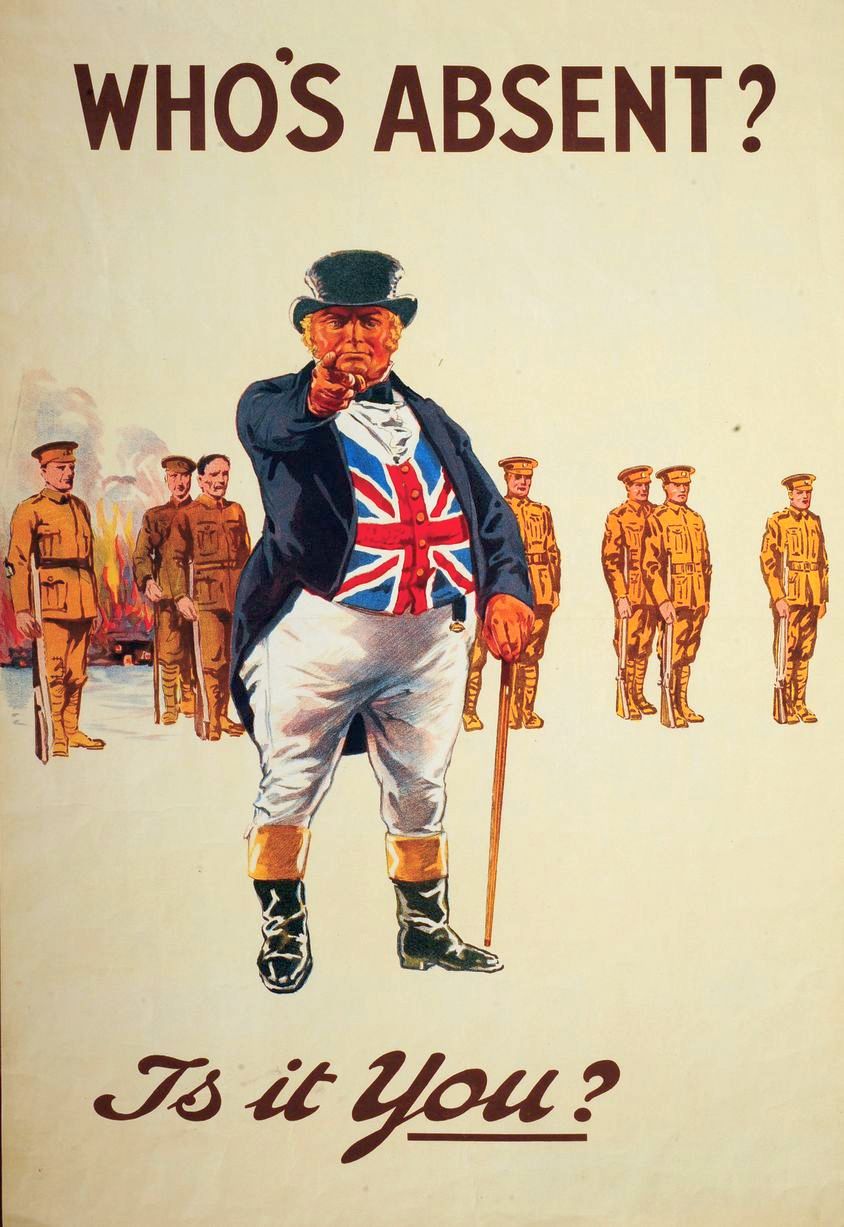In this article, we’ll tell you about Canada’s story in World War I. He informs us of the fascinating colonial background and starts to share the story of a battle that made a nation, the Battle of Vimy Ridge.
What is it like to go to war?
For most of human history, going to war was seen as glorious and honorable, a civic duty. Until one hundred years ago, this was the common perspective of almost all cultures. Napoleon proudly stated that he expended 30,000 men a month, and it was still glorious. It was glorious to fight with him; it was glorious to fight against him. It was an honor and duty to fight for your country, crown, ideology, and family. War was a part of life and one that showed the worth of those who did the fighting.
When World War I broke out, thousands were excited to go marching off to battle. Leslie Hudd, a Canadian veteran, had wanted to go for the adventure. He didn’t think about being killed; rather, he just focused on coming home and telling everyone about it. Was he crazy? Maybe. Looking back, Hudd later thought that he had been crazy. But that is hindsight. We know what happened. We know about the twelve million dead on the soil of Europe. Hudd, sailing off for battle and adventure, didn’t.
And he was not alone. Many of the combatants on all sides of this war were not the fully trained, experienced standing armies of today, or of Rome, or of other historic militaries. These were everyday men, some still in their teens. Some were carpenters, railway workers, shoe shiners; they were all manner of people. Even the majority of the soldiers in the German army, with their grey uniforms, and discipline, and precision marching, were still just reservists. Those German reservists had probably the most training out of all the armies in that war, but few had seen true combat and even then, never on the scale that would unfold. But of course, all the major combatants had their cores of trained and experienced military professionals, however small or large they may be.
Canada didn’t though.
Canada was a noteworthy player in the First World War. The country sent hundreds of thousands of men to fight in Europe. That was a very high percentage of the total population of the country, as the country had a little over seven million people living in it.
Canada had no standing army to speak of at the time. Yes, it had its veterans who fought the Boers in South Africa, but these were men who had gone to fight when the British demanded, came home, and went back to work. Most of the men in what would become the Canadian Core had held a rifle once or twice, if they had ever even fired one. Arthur Curris, the man who would lead the Canadian army at the end of the war, was a real estate agent. And what professional soldiers the Canadians did have were under British command. When you think of these soldiers, think less of trained and disciplined soldiers and more of the weekend warrior.
A DYING EMPIRE
Now, I am focusing on Canadian casualties and the Canadian military, but it is important to remember that other nations that formed part of the British Imperial system also fought in the war. Australians, New Zealanders, Indians, and many other silent partners suffered alongside Canadians for the glory of a dying empire that often did not care enough.
The stories of Canada, India, and Australia, are stories of hardship and self-sacrifice, honor and glory. But these countries are all seen in the same “little guy” light, and so often not considered to be true players in the war. This dismissal of many contributing countries can be put down to the fact that their casualties weren’t in the millions like the major powers; we can even call it a dismissal of perceived lesser countries of the age.
Normally when you hear about the combatants of the First World War, you are told of the Allied Powers of the USA, Britain, Russia, and France versus Germany and Austria-Hungary. But with this biased attitude towards these countries, many of the important stories that have shaped our world today have been forgotten. Indeed, many of the battles waged by Canadians are forgotten.
tIn the opening of the Battle of Arras, Canadian soldiers took on the task of storming a ridge where German soldiers were entrenched. That ridge, located just outside a French town called Vimy, had been the scene of heartbreaking defeats for the French and British forces. On April 9, 1917, this unimportant place would become a symbol for Canadians to rally behind. It was the day that Canada proved itself as a nation. It was the Battle of Vimy Ridge.
Four divisions of Canadian soldiers joined together to fight a battle that would see Canadian soldiers led by Canadian generals, using Canadian battle tactics, to win a Canadian victory. And these adventurers, these colonials, these little Canadian boys, many of whom only held a rifle, looked out to what would later go down in Canadian history as one of the country’s most important events. Nations were born in this war; Canada was born in this battle.
This story will be continued next month.
Read more about World War I’s Eastern Front in the latest issue of History is Now Magazine.
References
- Stats Canada.ca
- Vimy by Pierre Burton
- The Pity of War by Niall Ferguson
- Dan Carlin’s Hardcore History Podcast
